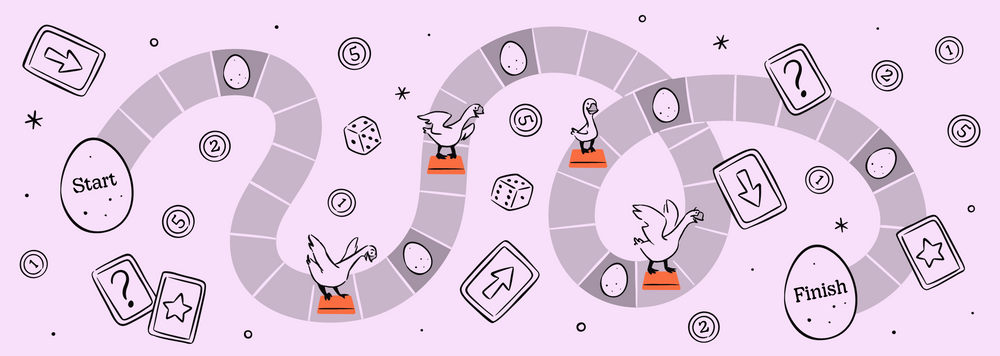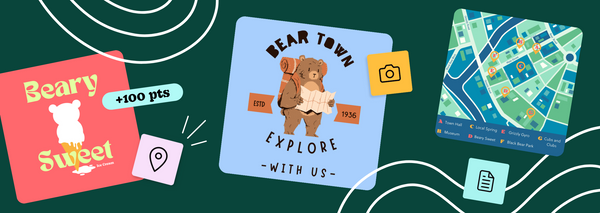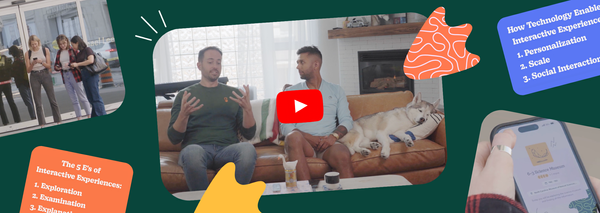The Problem with Gamification Platforms (And What You Should Try Instead)
Gamification platforms came on to the scene in a big way about a decade ago. From completing admin tasks to driving large projects forward, code development to in-class learning and more, gamification was heralded as the best way to make the mundane fun, to motivate teams, and to get stuff done. And it worked! For a while.
Today, when I mention the word “gamification” in certain circles, I see actual shudders. Eye rolls. Audible groans!
So what happened between then and now to make gamification a bad word? How could something that started off so strong, go so bad, and is it salvageable?
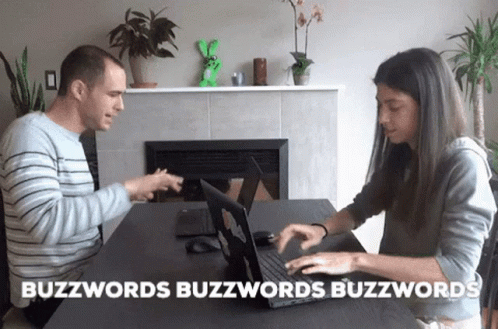
What is a gamification platform?
Let’s kick this blog off the same way all good (great?) wedding speeches start, with a definition from the Oxford Dictionary. Gamification is defined as “the application of typical elements of game playing (e.g. point scoring, competition with others, rules of play) to other areas of activity”.
These other areas of activities can include:
- Gamification in business and marketing (ex. customer loyalty programs)
- Gamification at work (ex. prizes for certain accomplishment or tenure at work)
- Gamified learning and training (ex. Boy Scout and Girl Scout badges)
- Gamification in health and fitness (ex. race up the leaderboard on Strava)
- Among many others!
A gamification platform is the software that enables organizations, schools, and people to create, run, and report on gamified experiences.
Back in 2010, gamification was all the rage in the tech industry, with a wide range of platforms and tools being developed to help businesses and organizations engage their customers and employees through games. While there was certainly a lot of excitement and enthusiasm around the potential of these platforms and how incorporating social and reward aspects of games in software could improve performance, cracks soon started to show.
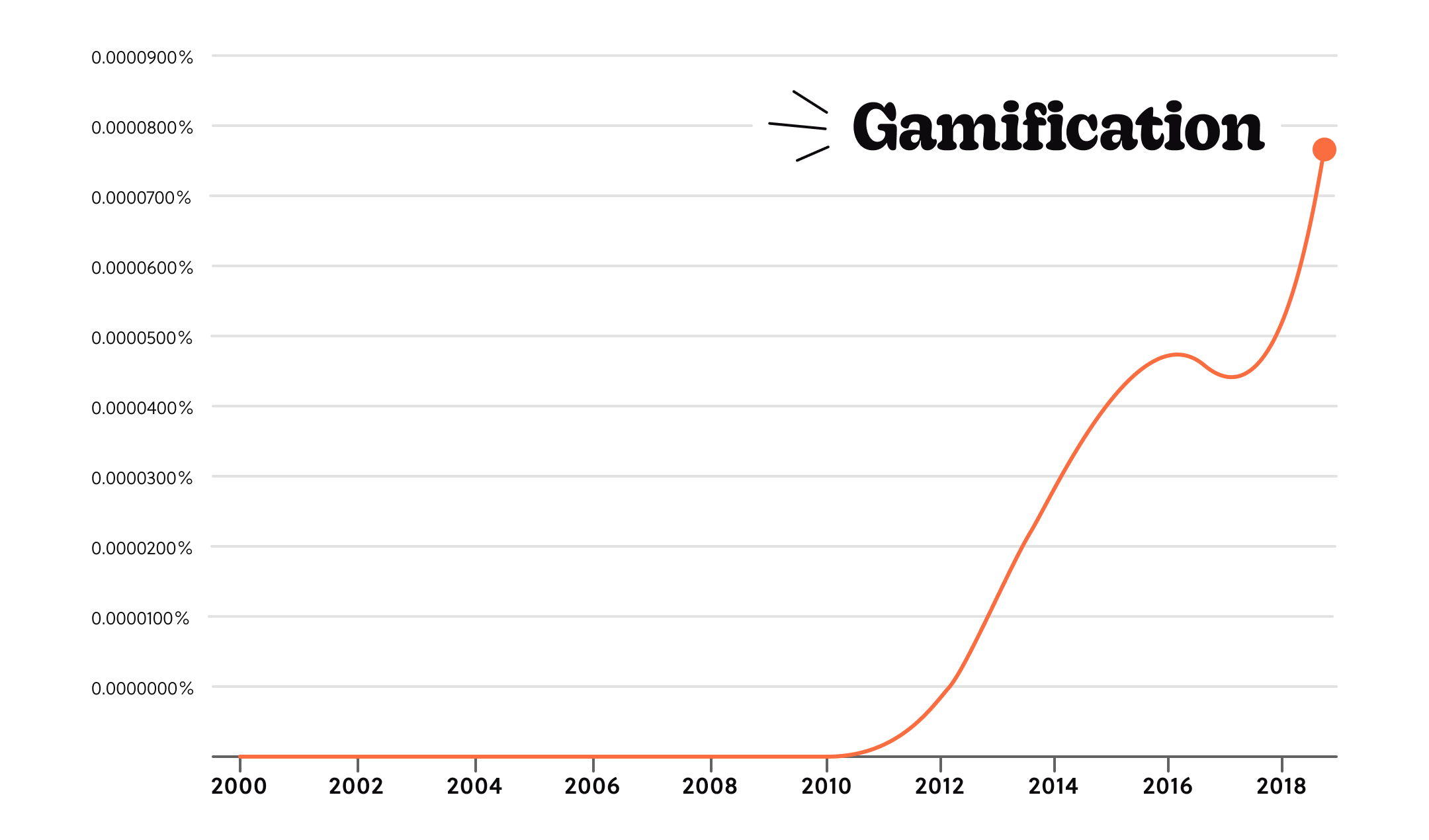
What are common criticisms of gamification platforms?
Let’s have a look at some of the most common criticisms about gamification platforms and examine what common thread might be causing these issues.
Gamification Only Works in the Short-Term
First up, let's talk about the elephant in the room: the fact that gamification often fails to deliver on its promises. Many businesses and organizations turned to gamification as a way to boost engagement and motivation among their customers and employees. Sure, it can be a lot of fun to earn points and badges, but the truth is, these effects are often short-lived and difficult to sustain. It was often found that while gamification could have a positive impact on engagement in the short term, these effects tend to decrease over time as users become accustomed to the game elements and lose interest.
Gamification is Disruptive
Next, let's talk about the intrusive and disruptive nature of gamification. Gamified experiences are often designed to be highly engaging and attention-grabbing, which can make them difficult to ignore. This can be especially problematic in work environments when, let's face it, sometimes you just need to focus on work and not on your team’s leaderboard or the latest gamification ideas. When employees feel pressured to engage with the games, even when they are busy or trying to focus on other tasks, gamification leads to resentment and loss of motivation.
Gamification is Manipulative
And let's not forget about the manipulative nature of gamification. Because games are designed to be engaging and rewarding, users may be motivated to participate in activities or make purchases they might not otherwise be interested in, simply to earn points or rewards. This can be seen as a form of manipulation, with users being incentivized to make decisions or take actions that are not in their best interest.
Gamification is Not One-Size-Fits-All
Another issue with gamification is that it's often used as a one-size-fits-all solution. There are many different types of gamification: gamification for employee engagement, gamifying fitness, studying, shopping and many more. However, different situations and different people have different needs and preferences, and a platform which might have worked for one organization may not work as well for another.
When Gamification meets Community
When you take something boring, throw points on top of it and call it a day, gamification will always succumb to its harshest criticisms. But it's not all doom and gloom! Even its main drawbacks tell the story of how powerful gamification is. But how can you use that power responsibly? Without boring, manipulating, coercing, or distracting your audience?
First, gamification’s key principles - engagement, feedback, rewards, competition, rules, goals, collaboration - need to be baked into the core of your strategy, not layered on top.
Next, you need to put people first!
It’s the difference between creating a University campus orientation experience that is exciting and fun for the first day, but whose attendance drops significantly on day 2, and building an inclusive and approachable experience that engages on-campus, off-campus and mature students throughout the whole year.
The difference between having museum guests complete a scavenger hunt to move them through the exhibits, and delivering a self-guided tour experience that allows guests to form their own personal connection with the art.
As the creator, you need to care for, be empathetic towards, and truly want to see your community succeed. It’s that cross-section between gamification and community - an area where Interactive Experiences live - that can truly engage, educate and motivate your audience, both in the short and long term.

Gamification vs. Interactive Experiences
Gamification is not a magic solution that automatically makes every event more lively or every lesson more memorable. And while it can be a lot of fun, it needs to evolve along with your audience and context to continue being effective.
Interactive Experiences encourage participants to feel involved by actively engaging with their senses, surroundings, and other people. An evolution of gamification platforms, interactive experience platforms (IXP) are not just about adding points, badges, or leaderboards. It's about creating experiences that are tailored to the audience and addresses their needs, wants, and motivations.
Interactive Experiences are for anyone who has tried a gamification platform and run into one of the issues outlined above or for anyone with a group of people to engage, a goal to hit, and an appetite for doing things the unconventional (aka fun) way.
Interactive Experiences are not a magic fix either. And what works for one organization might not work for another. But that’s kind of the point! You want something unique, that feels relevant, that makes a lasting impact. You need to know your specific audience to deliver an effective interactive experience that suits their needs. And no one knows your community as well as you do.
If you’re interested in learning more about the evolution of gamification and interactive experiences, speak to Goosechase. From enabling scavenger hunts for the masses for 10+ years, we have evolved into the world's first (and best!) interactive experience platform. We understand the power of experiences that connect, inspire and educate and are committed to leading the charge on the IXP revolution.
🤖 Written with the help of ChatGPT.
What is Goosechase?
At Goosechase, experience is everything. Originally inspired by scavenger hunts, Goosechase is an online platform that enables organizations and schools to engage, activate, and educate their communities through delightful interactive experiences. Sign up and try creating a free recreational Experience, or check out our Pricing!


